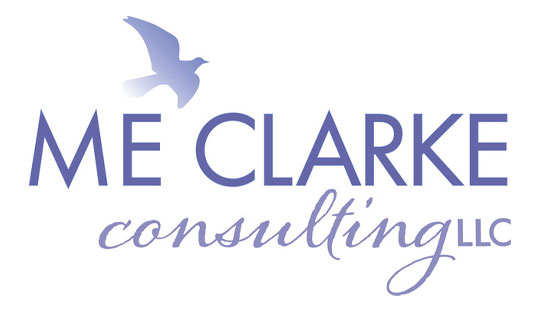From Conflict to a Shared Vision: Defining the Future of the Groundfishing Industry

For almost 30 years, the Northeast fishing community has been at odds over how to best manage a severely depleted supply of groundfish after a decade of heavy fishing. To preserve stock, the region implemented tough regulations resulting in decreased landings and a reduction in the fleet by nearly 50%. Today, approximately 1,000 permits remain for groundfishing, yet the National Marine Fisheries Service has suggested the fishery can only support 300-500 vessels over the long term. This is a big problem for the groundfishing community, people who derive a livelihood from the sea. Groundfishing has been such an integral part of many Northeast families histories, traditions and livelihoods that they are feeling the sting from regulations and shrinking fleet numbers. While management is facing the tough decision of how to sustainably manage fishery resources they must also take into account the socioeconomic effects their decisions will have on the waterfront communities. This problem has created a divide between fishermen, scientists, mangers and environmentalists who see one another as the enemy, not a part of the solution.
As the dispute raged on, the Northwest Atlantic Marine Alliance (NAMA) Board of Trustees decided to take action to develop solutions. NAMA’s primary concern was developing a vision for the groundfish fleet. The vision would serve as a guide, allowing new regulations to reflect the needs of those impacted by groundfishing. To successfully accomplish this NAMA needed to engage the different stakeholders from the groundfish community in productive, meaningful discussions. Looking for expertise in the field of facilitation and conflict management NAMA partnered with the The ARIA Group, where Meghan Clarke served as Project Manager, to create the Fleet Visioning Project. Together, The ARIA Group and NAMA devised a plan to create and maintain a fair, open, honest and credible process that allowed individuals a voice in the future of the groundfishing fleet. A collaborative approach to fisheries managements would require both the empowerment of individuals in the decision-making process and participation by stakeholders throughout the entirety of the process.
The project began with the outreach phase, during which 7,000 surveys were distributed to fishermen, researchers, managers, environmentalists, shoreside business owners, conservationists and more. The survey asked three questions:
- If anything were possible, what is your vision for the future of the groundfish fleet?
- Why is the future of the groundfish fleet important to you?
- How can your vision of the fleet be most effectively implemented and what might you do to help?
250 individuals responded to the survey, forming the foundation for ten geographically distributed workshops in which 65 survey respondents participated. Each workshop began with participants sharing why the future of groundfishing fleet was important to them. The personal narratives provided key insight into the importance groundfishing had on each person present. This exercise allowed the various stakeholders to recognize the commonalities in their desires, making it no longer feel as though they were fighting separate battles. With collaborative discussions the workshops were able to forge a vision that all participants could agree on.
After workshops were conducted and visions defined, 21 representatives from throughout the region met in Danvers, Massachusetts for the Full Final Northeast Regional Workshop. The goal was to seek consensus across shareholder groups and geographic areas on a final vision for the region’s fleet. A final shared vision would pave the way for more collaboration between stakeholders thereby increasing the likelihood of future success. Focusing on the similarities between each workshop’s vision statements, participants accepted, rejected or amended the visions, thus maintaining ownership of the process. Together, they forged a vision they could all connect with that combined the concerns of the geographic areas and various stakeholder groups.
The Fleet Visioning Project brought together feuding members of a community to seek commonality in their idea of what groundfishing should look like. By sharing their experiences the group was able to form a collaborative vision for the future of the groundfish fleet. The final vision embodied four principles that would guide future decision-making: diversity, economic viability, governance and environmental resilience. The final shared vision was to be “A diverse, economically sustainable fleet that is managed through a participatory governance structure.” Now the community can look to this vision and recognize they are working toward the same goal, which is monumental considering the diversity of the stakeholders involved. Through unity and incremental change, this vision opens the door to new conversations, building trust and answers to the bigger environmental and socioeconomic problem. Changes are on the horizon, and the decisions that will determine these changes need the guidance this collaborative vision provides.





Leave a Reply
Want to join the discussion?Feel free to contribute!